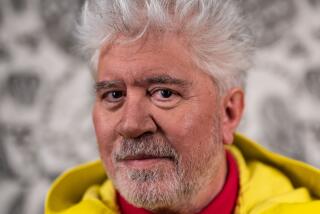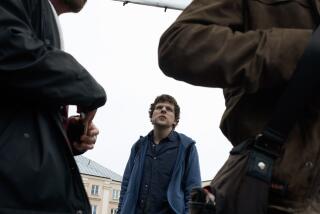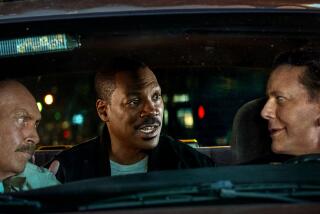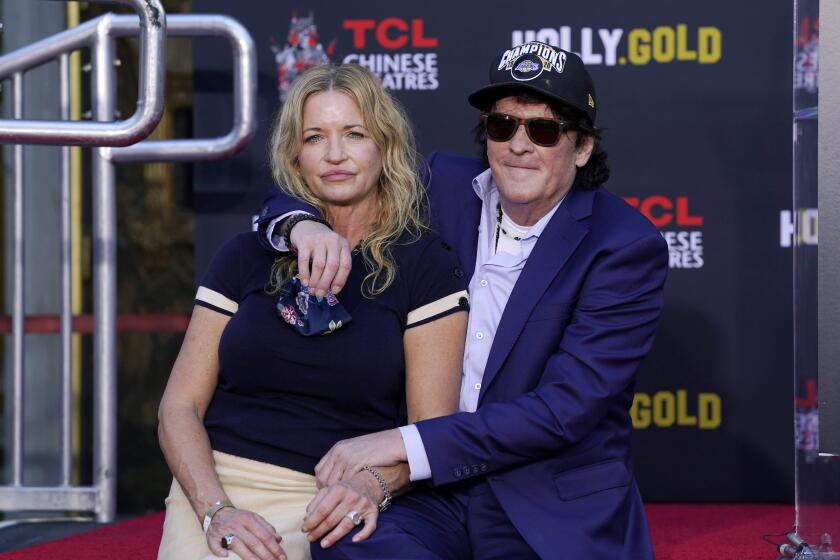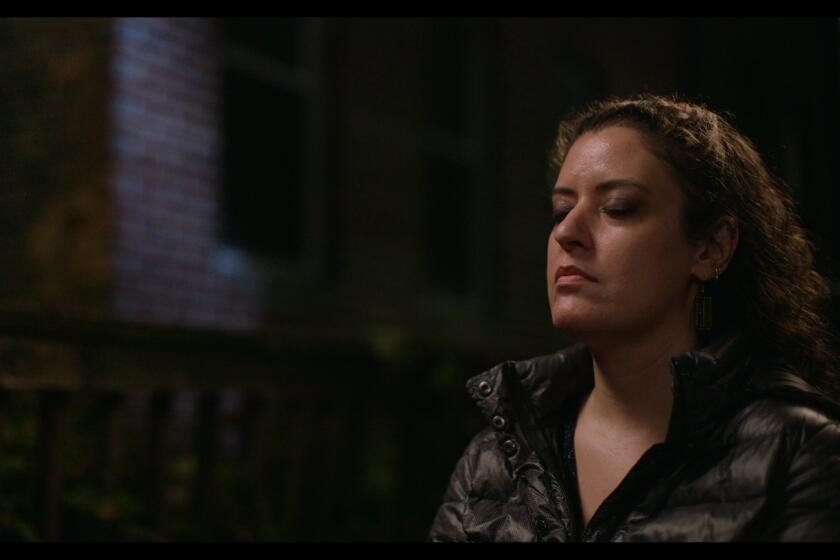Films inspired by true events walk a tricky line

“Lee Daniels’ The Butler” isn’t true. It’s only “inspired” by a true story. Screenwriter Danny Strong realized his limitations in constructing a script based on an article about former White House butler Eugene Allen, but rather than ditch the story because of the obstacles, he created Cecil Gaines, a White House butler who managed to be in on all of the milestones of the civil rights movement. Yet Allen’s son wasn’t irritated that it wasn’t his father’s actual tale.
“He told me, ‘Nobody’s going to pay money to watch my dad and mom sit around watching the Game Show Network,” said Strong. “He saw the essence of his parents and his relationship with his own father dramatized in that movie, and he understood we were trying to make a story about the American experience.”
Of necessity, translating real-life events into a film script requires particular skills: What’s the focus? What scenes do you choose? Which characters stay, which never make it and which have to be blended together? During award season, the gamut of those decisions is on full view — films such as “The Butler” may be highly fictionalized while others, like “Lone Survivor” (about a Navy SEAL mission in Afghanistan), are closer to documentaries. Between those poles lie such films as “Saving Mr. Banks,” “Rush,” “Fruitvale Station,” “Dallas Buyers Club” and “Captain Phillips,” among many others this season, each of which is finessed in its own way by both screenwriter and director.
“Dallas Buyers Club” was a long-simmering film; co-screenwriter Craig Borten first interviewed the film’s inspiration, Ron Woodroof, in 1992. But his real problem was that the story of a man diagnosed with AIDS in the 1980s who goes to extreme lengths to get the drugs that will prolong his — and, by extension, others’ — lives meant that they had a huge amount of territory to cover.
“It was such a big world,” said Borten, who wrote the script with Melisa Wallack. “You have AIDS, you have the FDA, you have the pharmaceutical companies, you have doctors and hospitals, and then the people who have AIDS. It’s such a beast of a story. You can’t cover it in two hours, so you have to make specific choices.”
For “Saving Mr. Banks,” director John Lee Hancock was fortunate enough to have multiple hours of interactions on tape between the real Walt Disney and the author of “Mary Poppins,” P.L. Travers (who insisted their 1961 meetings be recorded). “It was great to listen to them not only for story points but for the attitude in the room,” Hancock said.
Event compression happens on the page and also once the director gets involved. Paul Greengrass said “Captain Phillips” had many complicated, dramatic, fast-moving events in telling the story of the kidnapping of a shipping captain and his crew by Somali pirates that took place over several days. “And we had to boil that down into two hours,” the director said.
VIDEO: Highlights from the Envelope Screening Series
The original screenplay by Billy Ray lifted heavily from Phillips’ book and initially interwove the experiences of the captain’s wife in Vermont with the story. “But our story really lay in the ocean,” said Greengrass. “We agreed that it was the story of two captains, from two very different worlds.”
Story focus in hand, the next obstacle for many filmmakers is how much truth there will be in the true-life tale. Ryan Coogler, director of “Fruitvale Station,” was very aware of how much he could shape the events that led to the shooting of Oscar Grant III by Bay Area Rapid Transit officers. He had access to Oscar’s family and public documents, but, as he said, “it’s not a documentary. I wanted the story to have a narrative shape, so the biggest decision for me was how much would go into the film and how much would be left out.”
Peter Morgan, who wrote the screenplay for “Rush” about the intense competition between Formula One race car drivers James Hunt and Niki Lauda, empathizes with not wanting to go too literal in telling a real-life story. “People can be too doggedly faithful. This is a genre that has as much movie potential as thrillers. A poor biopic is every bit as cheesy and painful to watch as a bad cop movie or thriller.”
What often ends up happening is that many of a real-life story’s participants get left out or composited, for reasons that range from time to budget. “Dallas Buyers Club” writers created the transgender Rayon as a foil for the homophobic Woodroof, but she was based on several real people. In Coogler’s case, the decision to blend two real people into one was more basic: “I wanted to make sure the audiences could keep track of everyone.”
TIMELINE: The Academy Awards through the years
“Saving Mr. Banks” shades in a lot of areas that aren’t clear and fictionalizes several set pieces (Hancock is pretty sure that Travers never visited Disneyland, as she does in the film), but the director said there is a responsibility to tell the truth about real-life characters as much as is possible. “You never want to do something to someone that casts aspersions on their character, without any way to back it up,” he says.
Peter Berg may have gone to the extreme to ensure the reality of his real-life tale in “Lone Survivor,” a film he both wrote and directed: He was embedded with a Navy SEAL platoon in Iraq for a month before writing it. “I wanted to accurately portray what happened and what kind of people these men were,” he said, noting that at one time he considered making a documentary rather than a feature.
But Morgan said he prefers the literary over the literal approach: He got a grip on “Rush” only after imagining it as a car race in which the two drivers are constantly lapping each other until the final confrontation.
“What I do is some form of portrait painting, where I am absolved of painting something strictly into a likeness,” he said. “I’m not taking a photograph. That’s what a documentary does. With a drama, you paint.”
More to Read
Only good movies
Get the Indie Focus newsletter, Mark Olsen's weekly guide to the world of cinema.
You may occasionally receive promotional content from the Los Angeles Times.
